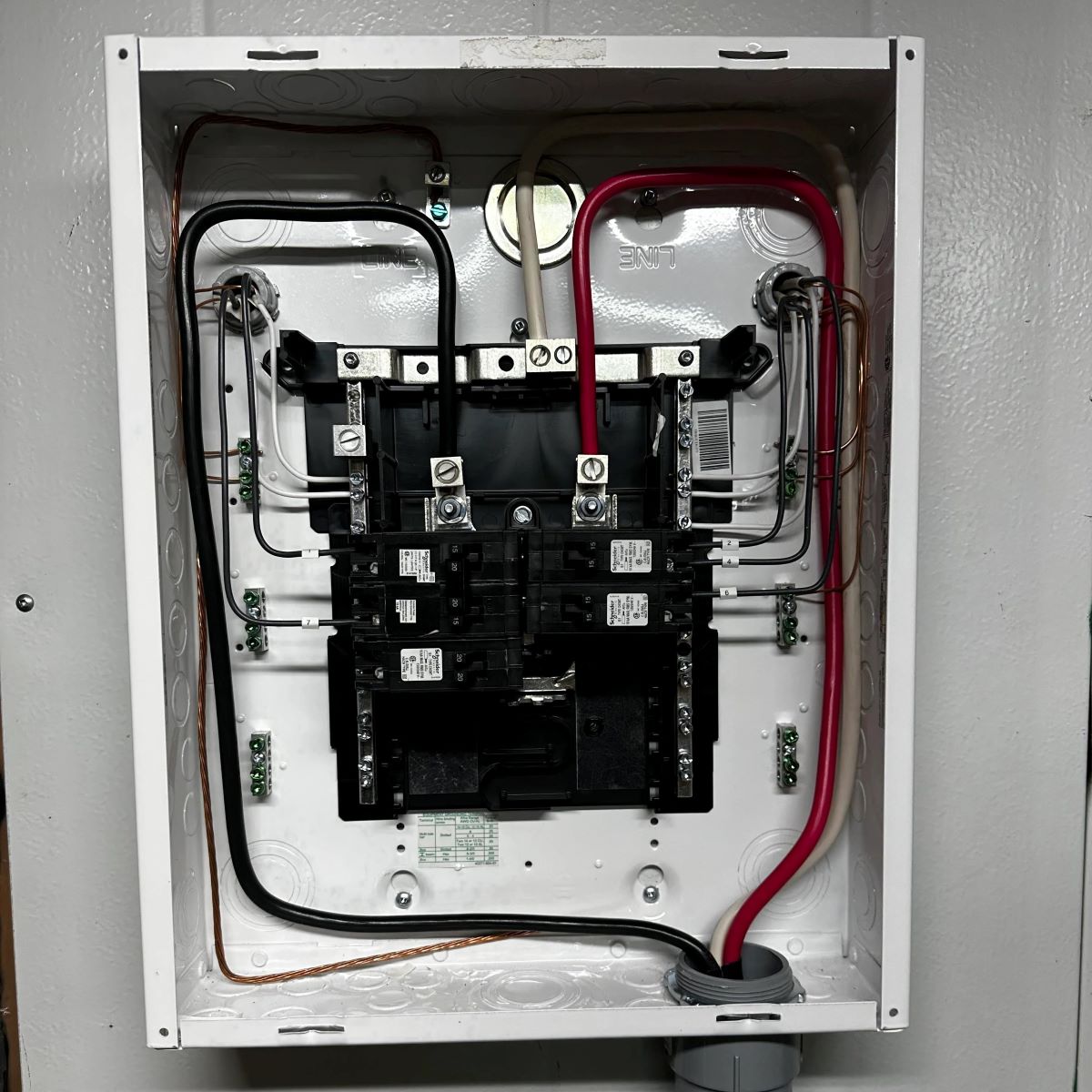

Articles
How Many Breakers In A 50 Amp Sub Panel
Modified: January 6, 2024
Discover the answer to "how many breakers in a 50 amp sub panel" in our informative article. Learn about sub panel installation and electrical systems.
(Many of the links in this article redirect to a specific reviewed product. Your purchase of these products through affiliate links helps to generate commission for Storables.com, at no extra cost. Learn more)
Introduction
Welcome to this comprehensive guide on sub panels and breakers! If you’re a homeowner or an electrician, you’ve probably come across the term “sub panel” and wondered how many breakers are needed for a 50 amp sub panel. Well, you’re in the right place! In this article, we will delve into the world of sub panels, breakers, and the factors to consider when determining the number of breakers for a 50 amp sub panel.
Before we dive into the specifics, let’s start by understanding what a sub panel is. A sub panel, also known as a sub distribution panel or a panelboard, is an additional electrical panel that is connected to the main electrical panel in a building. It is used to distribute power to specific areas or systems within the structure. This can be a convenient solution when there is a need for additional circuits in a location that is far away from the main electrical panel.
Now that we have a basic understanding of sub panels, let’s move on to the basics of breakers and amps. Breakers are safety devices that protect electrical circuits from overloading and overheating. They are designed to automatically interrupt the flow of electricity if the current exceeds a certain limit. Amps, short for amperes, measure the amount of electrical current flowing through a circuit. The higher the amps, the more electrical current the circuit can handle.
When it comes to selecting the appropriate number of breakers for a 50 amp sub panel, there are several factors to consider. One of the main factors is the total electrical load that will be connected to the sub panel. This includes all the appliances, outlets, and devices that will be powered by the sub panel. Each circuit is assigned a certain number of amps based on the electrical load it will carry.
It is important to note that the total amp rating of the breakers installed in a sub panel should not exceed the amp rating of the sub panel itself. In this case, since we are considering a 50 amp sub panel, the total amp rating of all the breakers combined should not exceed 50 amps. Exceeding this limit can lead to tripped breakers, increased risk of electrical hazards, and potential damage to the electrical system.
In the next sections of this article, we will delve further into the details of determining the total number of breakers for a 50 amp sub panel and explore recommended breakers for different applications. So, let’s continue our journey into the world of sub panels and breakers!
Key Takeaways:
- When determining the number of breakers for a 50 amp sub panel, consider the total electrical load, future expansion needs, circuit types, and safety regulations to ensure a well-designed and functional sub panel setup.
- Select appropriate breakers for different applications based on specific electrical requirements and safety considerations, ensuring the safe and efficient operation of your electrical system.
Read more: How Many Breakers In A 60 Amp Panel
Understanding Sub Panels
Sub panels play a crucial role in residential and commercial electrical systems. They provide a convenient and efficient way to distribute power to different areas or systems within a building. Understanding the key components and functions of sub panels can help you make informed decisions when it comes to installing or upgrading your electrical system.
At its core, a sub panel is a smaller electrical panel that functions independently from the main electrical panel. It is connected to the main panel through a dedicated circuit breaker or feeder wire. The sub panel is usually positioned in a location that is closer to the circuits or devices it will serve, reducing the need for long and complex wiring runs.
One of the primary advantages of sub panels is their ability to expand the available electrical capacity in a building. Each sub panel has its own set of circuit breakers, allowing for the addition of new circuits without overloading the main panel. This can be particularly useful in situations where the main panel is reaching its maximum capacity or when there is a need to separate circuits for specific areas or systems, such as a garage, workshop, or entertainment room.
In addition to providing additional circuit capacity, sub panels also offer enhanced safety and convenience. By installing a sub panel, you can easily control the power supply to a specific area or system without affecting the rest of the building. This can be especially useful in case of electrical issues or when performing maintenance or repairs on a particular circuit.
Another important aspect of sub panels is their versatility in terms of the types of circuits they can accommodate. Sub panels can handle a variety of circuit types, including lighting circuits, appliance circuits, dedicated circuits for heavy loads, and even specialized circuits for renewable energy systems, such as solar panels.
When it comes to choosing a sub panel, there are a few factors to consider. Firstly, you need to determine the amp capacity of the sub panel based on the total electrical load it will serve. This will depend on the specific applications and devices connected to the sub panel. Common amp capacities for sub panels range from 60 amps to 200 amps or more.
Additionally, it is important to consider the number of spaces or slots available for circuit breakers in the sub panel. Each circuit requires a dedicated space in the panel, and having enough slots ensures that you can accommodate all the necessary circuits without overcrowding or exceeding the panel’s capacity.
Overall, sub panels are essential components in modern electrical systems. They provide a flexible and efficient way to distribute power, enhance safety, and allow for future expansion. By understanding the basics of sub panels, you can make informed decisions and ensure that your electrical system meets your specific needs.
Basics of Breakers and Amps
Breakers and amps are fundamental components in electrical systems. They work together to protect circuits from overloading and ensure the safe flow of electricity. Let’s delve into the basics of breakers and amps to gain a better understanding of their roles and how they are interconnected.
Breakers, also known as circuit breakers, are devices designed to prevent excessive electrical current from flowing through a circuit. They act as automatic switches that can be manually reset when necessary. Breakers are typically installed in electrical panels, such as the main panel or sub panel, and serve as the first line of defense against electrical overloads, short circuits, and other electrical faults.
Amps, short for amperes, measure the magnitude of electrical current flowing through a circuit. The amp rating of a breaker indicates the maximum current carrying capacity of the circuit it is protecting. It determines the amount of electrical current that the circuit can safely handle without overheating or causing damage to the wiring, appliances, or devices connected to the circuit.
When selecting a breaker, it is crucial to match the amp rating of the breaker to the specific circuit requirements. If a circuit is designed to handle a maximum current of 20 amps, for example, a 20 amp breaker should be installed to protect it. This ensures that the breaker will trip and interrupt the circuit if the current exceeds the safe limit, preventing potential hazards and damage.
It’s important to note that breakers come in different sizes, each with its own amp rating. Common amp ratings for residential applications range from 15 amps to 50 amps or more. The appropriate amp rating will depend on the specific circuit and the electrical load it will carry. It is crucial to adhere to electrical codes and regulations when determining the correct breaker size for a given circuit.
In addition to their amp ratings, breakers also have different types or classifications based on their specific functions. Some common types include standard or single pole breakers, which protect 120-volt circuits, and double pole breakers, which protect 240-volt circuits. There are also specialized breakers, such as ground fault circuit interrupters (GFCIs) and arc fault circuit interrupters (AFCIs), that provide enhanced protection against ground faults and arc faults, respectively.
Understanding the basics of breakers and amps is crucial for maintaining a safe and reliable electrical system. By selecting the appropriate amp rating and type of breaker for each circuit, you can prevent overloading, protect against electrical faults, and ensure the smooth operation of your electrical devices and appliances. It is always recommended to consult with a qualified electrician when dealing with electrical installations or modifications to ensure compliance with electrical codes and best practices.
Factors to Consider
When determining the number of breakers for a 50 amp sub panel, several factors need to be taken into consideration. These factors will help ensure that the sub panel can handle the electrical load and provide safe and reliable power distribution. Let’s explore the key factors you should consider when planning your sub panel setup.
1. Electrical Load:
The first and most important factor to consider is the total electrical load that will be connected to the sub panel. This includes all the appliances, outlets, and devices that will rely on the sub panel for power. Each circuit connected to the sub panel will have a specific amp rating, and the combined amp rating of all the circuits should not exceed the amp rating of the sub panel. In the case of a 50 amp sub panel, the total amp rating of the breakers should not exceed 50 amps.
Read more: How Many Breakers In 100 Amp Panel
2. Future Expansion:
It’s important to account for potential future expansion when determining the number of breakers for a 50 amp sub panel. Consider any upcoming additions or projects that may require additional circuits. Leaving some available breaker spaces in the sub panel can save you time and effort in the future, as it will allow for easier expansion without the need to install a new sub panel.
3. Circuit Types:
Take into account the types of circuits you will be connecting in the sub panel. Different applications may require specific circuit types, such as dedicated circuits for heavy loads like air conditioners or electric heaters. Ensure that the sub panel has enough slots to accommodate the different circuit types required for your specific needs.
4. Safety Considerations:
Always prioritize safety when planning your sub panel setup. Ensure that the sub panel is installed in a location that is accessible, properly ventilated, and away from potential water sources. Additionally, follow safety guidelines and electrical codes when wiring the sub panel and installing the breakers. If you are unsure about any aspect of the installation, consult a qualified electrician to ensure compliance with safety standards.
5. Total Number of Circuits:
Consider the total number of circuits you will need in the sub panel. This will depend on the specific electrical load and the appliances or devices you are connecting. Ensure that the sub panel has enough breaker spaces to accommodate all the required circuits without exceeding the amp rating of the sub panel.
By carefully considering these factors, you can determine the appropriate number of breakers for a 50 amp sub panel and ensure that your electrical system is safe, efficient, and able to meet your power distribution needs. If you are uncertain about any aspect of the sub panel setup, it is always best to consult with a licensed electrician who can provide expert guidance and ensure a successful installation.
Total Number of Breakers in a 50 Amp Sub Panel
When it comes to determining the total number of breakers in a 50 amp sub panel, there are specific rules and guidelines to follow. The number of breakers will depend on various factors, including the electrical load, circuit types, and safety considerations. Let’s explore the typical arrangement for a 50 amp sub panel.
In a 50 amp sub panel, the total amp rating of all the breakers combined should not exceed 50 amps, as this would overload the panel and pose a safety risk. To ensure a well-balanced distribution of power and an efficient use of available breaker spaces, here are some general guidelines:
1. Main Breaker:
A 50 amp sub panel typically includes a main breaker, which serves as the disconnect switch for the entire sub panel. The main breaker should have a rating that matches the ampacity of the sub panel, in this case, 50 amps. It is typically located at the top or top left of the sub panel and shuts off power to all the circuits in the sub panel.
2. Individual Circuit Breakers:
The remaining breaker spaces in the sub panel can be filled with individual circuit breakers based on the specific electrical load and circuit requirements. It is crucial to ensure that the total amp rating of all the individual breakers does not exceed the amp rating of the sub panel, which is 50 amps in this case.
When determining the number of individual circuit breakers, consider the amp ratings of the circuits you need to connect. For example, if you have circuits with different amp ratings, such as a 20 amp circuit for a lighting system and a 30 amp circuit for an air conditioner, you would allocate the appropriate breaker sizes for each circuit while ensuring that the total amp rating of all the breakers does not exceed 50 amps.
3. Spare Breaker Spaces:
It is advisable to leave a few spare breaker spaces in the sub panel for future expansion or additions. These spare spaces can be used to accommodate new circuits without having to install a new sub panel. It is essential to plan for potential future requirements and ensure that the sub panel has enough empty slots to accommodate additional circuits if needed.
Remember, it’s vital to adhere to electrical codes and any local regulations when it comes to breaker installation and panel capacity. If you are unsure about the specific requirements or calculations for your sub panel setup, it is always recommended to consult with a qualified electrician. They can assess your electrical needs, provide expert guidance, and ensure that your sub panel is installed safely and meets all necessary regulations.
By following these guidelines and considering the electrical load, circuit types, and future expansion, you can determine the total number of breakers in a 50 amp sub panel, maximizing its capacity and ensuring a reliable and efficient power distribution system.
Read more: How Many Tandem Breakers In A Panel
Recommended Breakers for Different Applications
When it comes to selecting breakers for different applications in a sub panel, it’s crucial to consider the specific electrical requirements and safety considerations. Different appliances and devices have varying electrical loads, which determine the appropriate breaker size. Here are some recommendations for breakers based on common applications:
1. Lighting Circuits:
For lighting circuits, where the electrical load is relatively low, a common recommendation is to use 15 or 20 amp breakers. These breakers provide adequate protection for standard lighting fixtures, such as LED or fluorescent lights, as well as switches and outlets connected to lighting circuits.
2. Outlets:
Standard outlets in residential and commercial buildings are usually connected to 15 or 20 amp circuits. It’s essential to use breakers of the appropriate size to match the amp rating of the circuit. This ensures that the outlets can safely power typical electronic devices and small appliances without overloading the circuit.
3. Dedicated Circuits for Heavy Loads:
Heavy-load appliances like air conditioners, electric water heaters, and electric ranges require dedicated circuits with higher amp ratings. It’s recommended to use circuit breakers with ratings that correspond to the specific electrical load of these appliances. This can range from 30 amp breakers for smaller air conditioners to 50 amp breakers for larger ones.
Read more: How Does A 50 Amp To 30 Amp Adapter Work
4. Motor-Driven Equipment:
Motor-driven equipment, such as pumps, compressors, and motors, typically require specialized breakers due to the high starting current they draw. Motor-specific breakers, known as motor protection circuit breakers or motor circuit protectors, can handle the surge of current during motor startup and provide ongoing protection. These breakers have specific amp ratings based on the motor’s power requirements.
5. Specialty Circuits:
In some cases, specialty circuits may be needed for specific applications, such as dedicated circuits for computers, home theaters, or workshop equipment. These circuits may require specific breaker types, such as ground fault circuit interrupters (GFCIs) or arc fault circuit interrupters (AFCIs), for enhanced safety. The amp rating of the breakers for these specialty circuits will depend on the specific electrical load.
It’s important to note that these recommendations are general guidelines and may vary based on local electrical codes and regulations. Additionally, it’s always advisable to consult with a qualified electrician who can assess your specific requirements and ensure compliance with safety standards.
When selecting breakers for different applications, remember to choose breakers that match the amp rating of the circuit and provide adequate protection for the connected devices or equipment. By using the appropriate breakers, you can ensure the safe and efficient operation of your electrical system while minimizing the risk of electrical overloads and hazards.
Closing Thoughts
As we wrap up this comprehensive guide on sub panels and breakers for a 50 amp sub panel, it’s important to emphasize the significance of proper planning, installation, and maintenance of your electrical system. Sub panels offer a flexible and efficient way to distribute power, accommodate electrical loads, and enhance safety in residential and commercial settings. By understanding the basics of sub panels and breakers, you can make informed decisions and ensure the reliability and efficiency of your electrical system.
When determining the number of breakers for a 50 amp sub panel, consider factors such as the electrical load, future expansion needs, circuit types, and safety regulations. This will help you create a well-designed and functional sub panel setup that meets your specific requirements. It is always advisable to consult with a licensed electrician who can provide expert guidance and assist you in the installation or modification process.
Remember to adhere to electrical codes and regulations, as well as any local requirements, to ensure compliance and safety. Electrical systems can be complex, and it’s important to prioritize safety at all times. By using the appropriate breakers, properly sizing circuits, and following best practices, you can minimize the risk of electrical hazards and ensure the protection of your property and occupants.
Regular maintenance and inspections are also essential to maintain the integrity and longevity of your electrical system. Periodic checks can help identify any potential issues, such as overloads, loose connections, or damaged breakers, and address them promptly. It’s recommended to schedule professional inspections and adhere to any maintenance guidelines provided by manufacturers or local authorities.
Overall, understanding sub panels and breakers is crucial for anyone involved in electrical installations, repairs, or upgrades. By staying informed and following best practices, you can ensure a safe, efficient, and reliable power distribution system in your home or business. Whether you’re a homeowner looking to add circuits or an electrician working on a sub panel installation, the knowledge gained from this guide will serve as a valuable resource in your endeavors.
Thank you for joining us on this journey into the world of sub panels and breakers! We hope that this guide has provided you with the necessary insights and information to make informed decisions and carry out successful electrical installations. Remember to prioritize safety, consult with professionals when needed, and continue to expand your knowledge in this ever-evolving field.
Frequently Asked Questions about How Many Breakers In A 50 Amp Sub Panel
Was this page helpful?
At Storables.com, we guarantee accurate and reliable information. Our content, validated by Expert Board Contributors, is crafted following stringent Editorial Policies. We're committed to providing you with well-researched, expert-backed insights for all your informational needs.
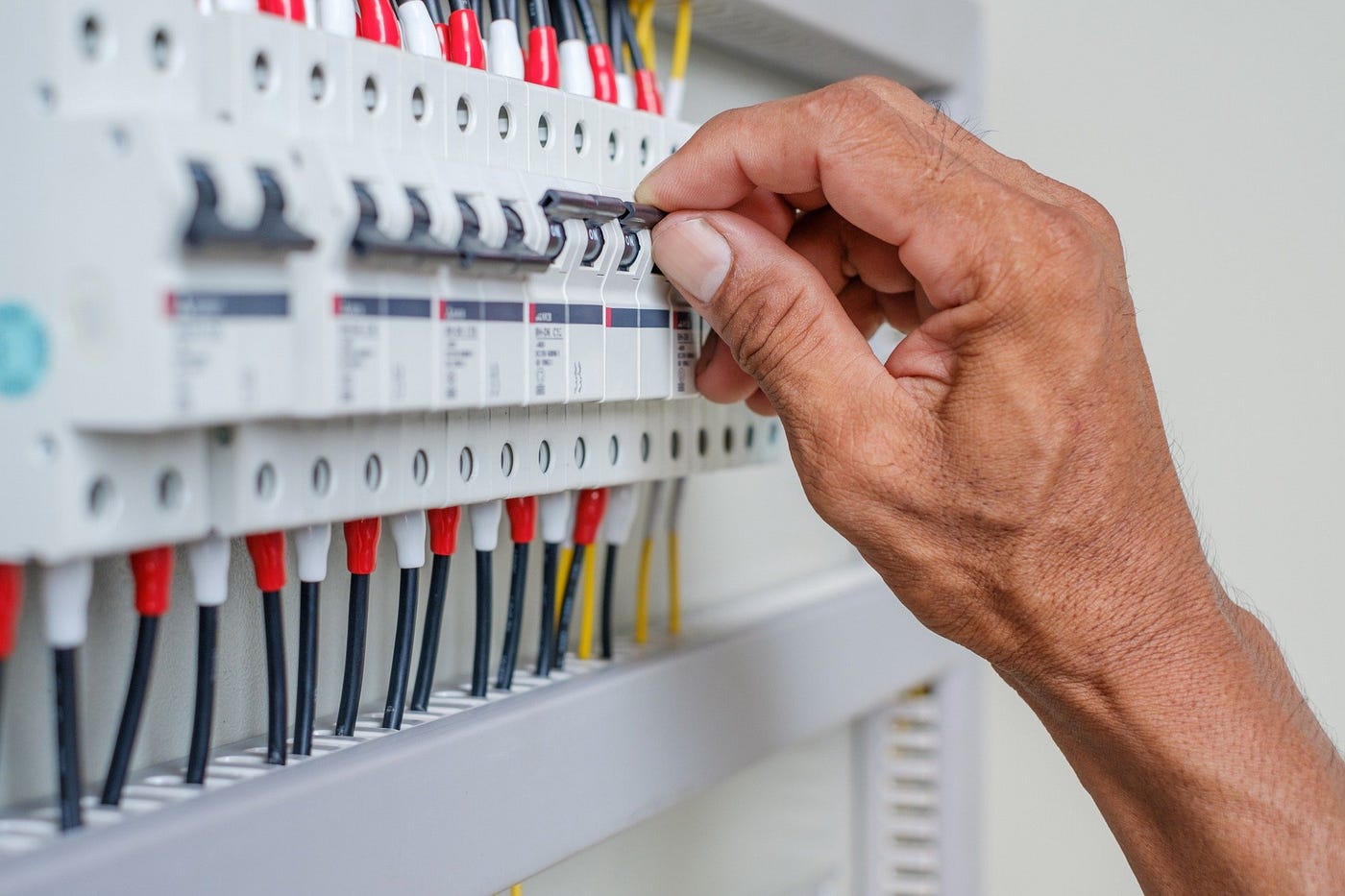
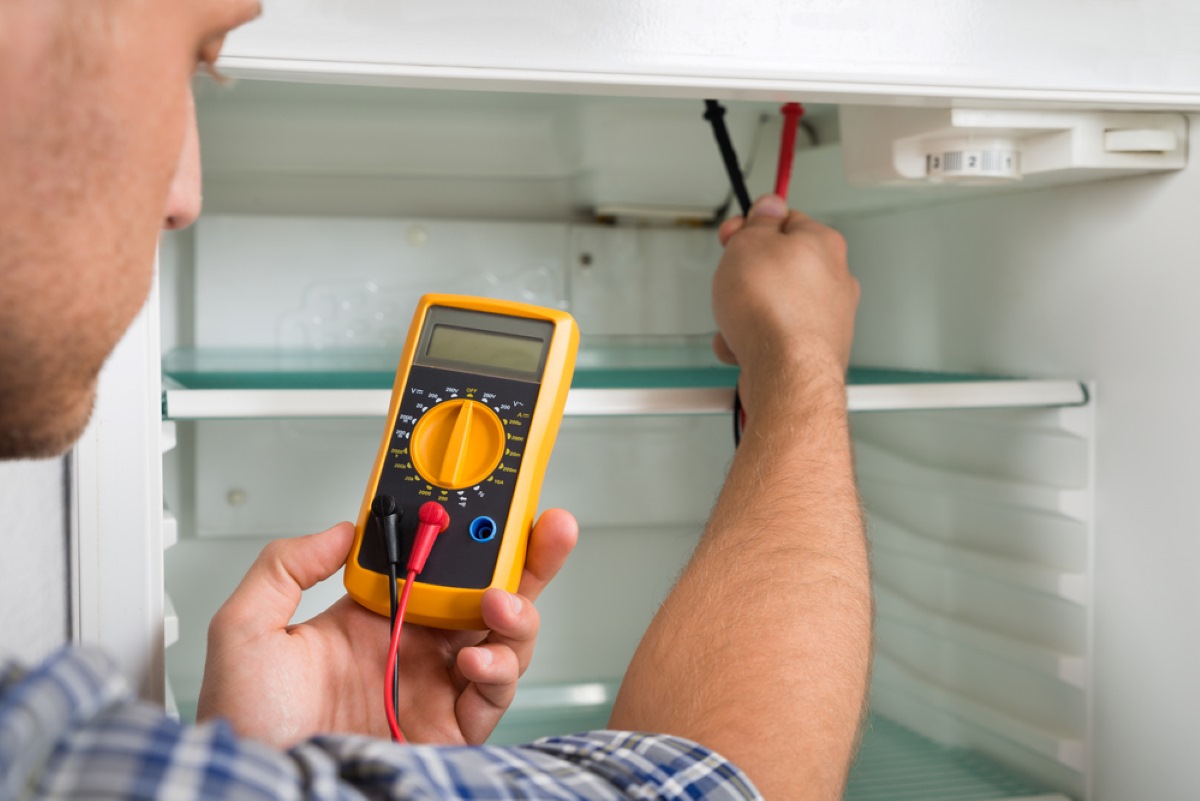
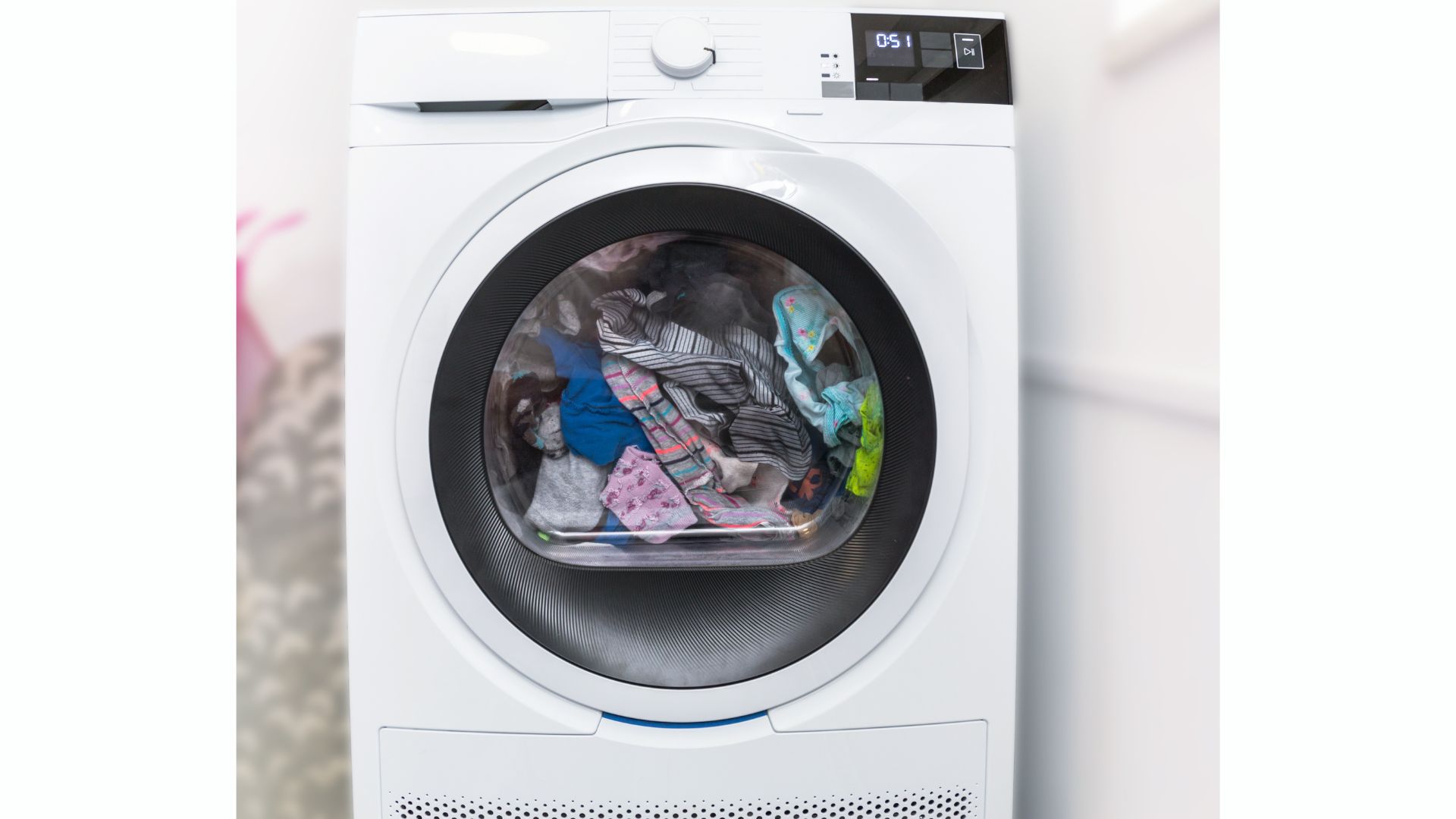
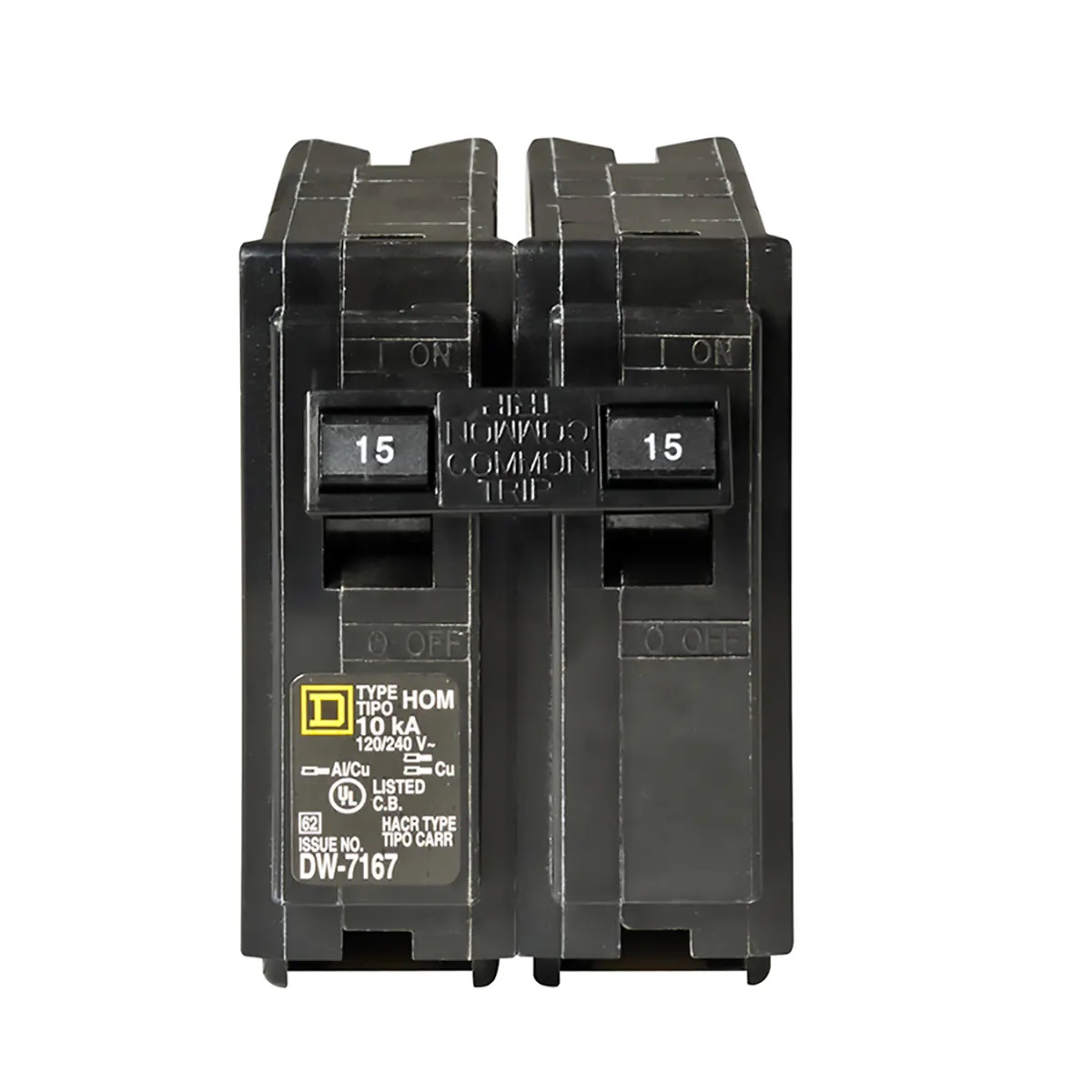
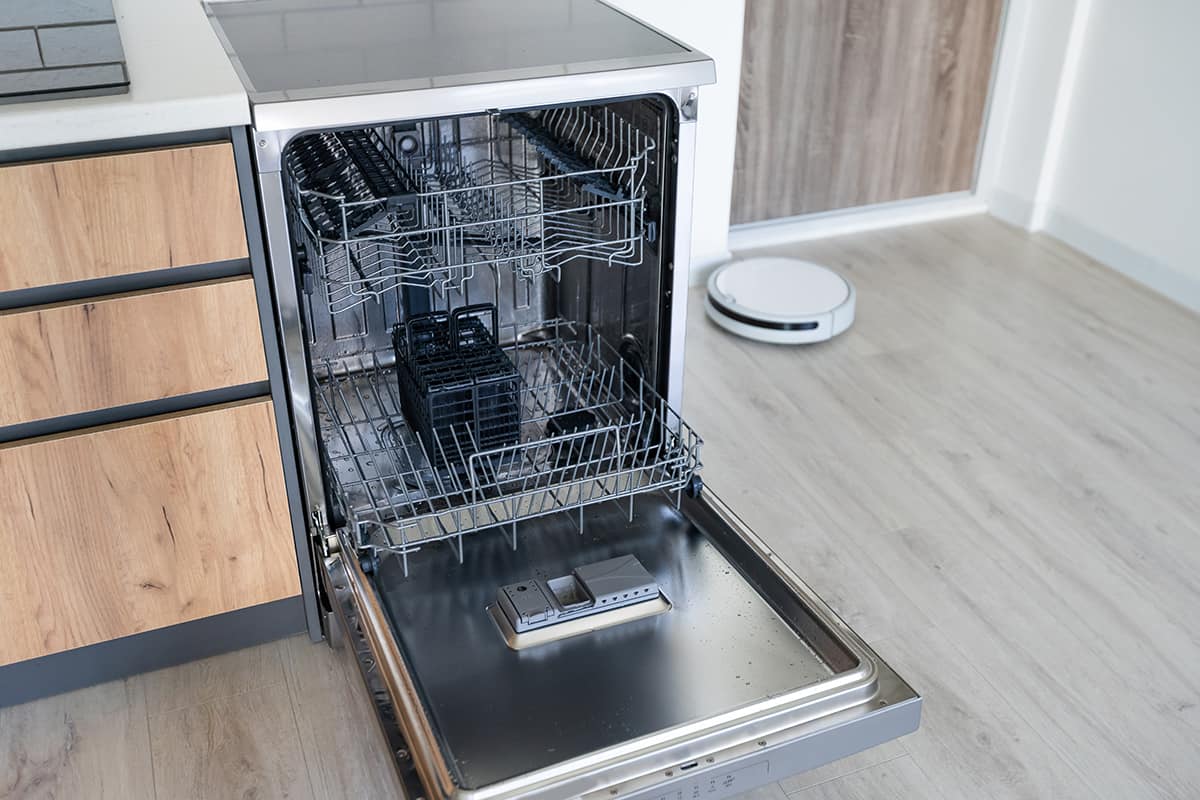

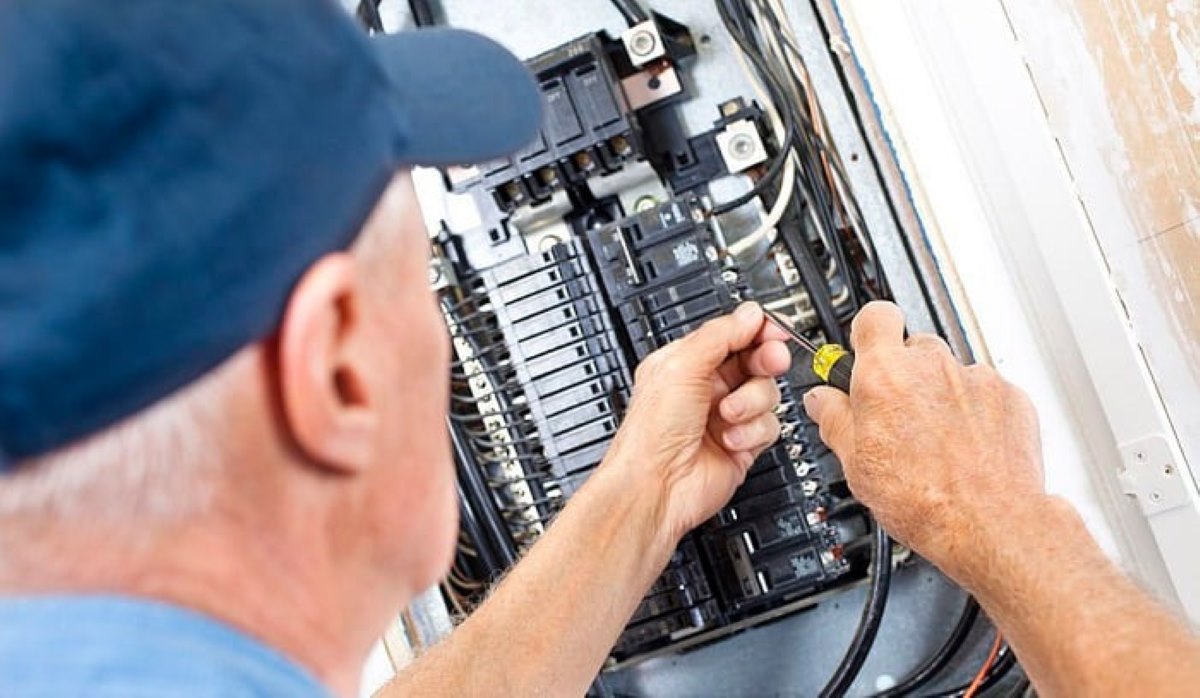
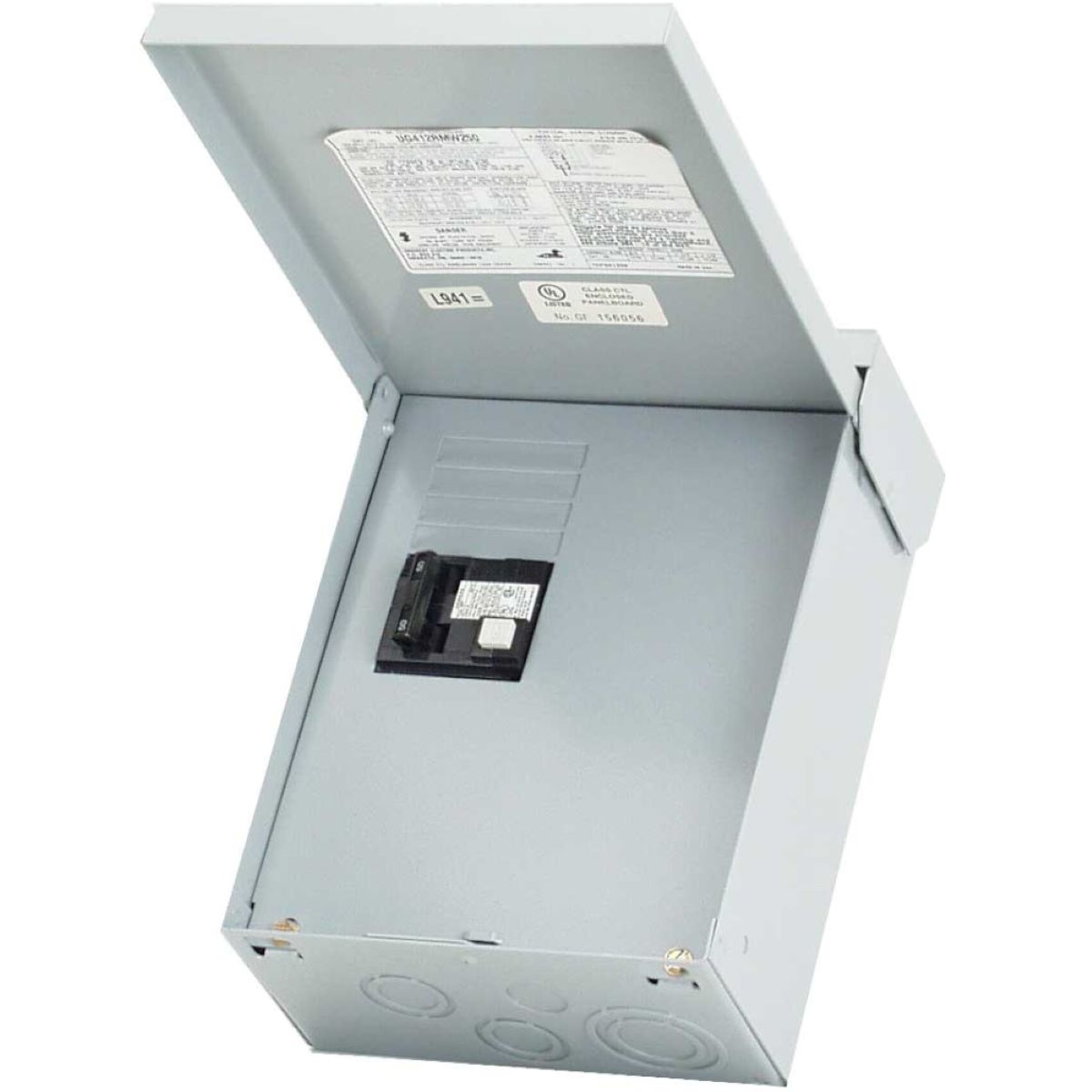

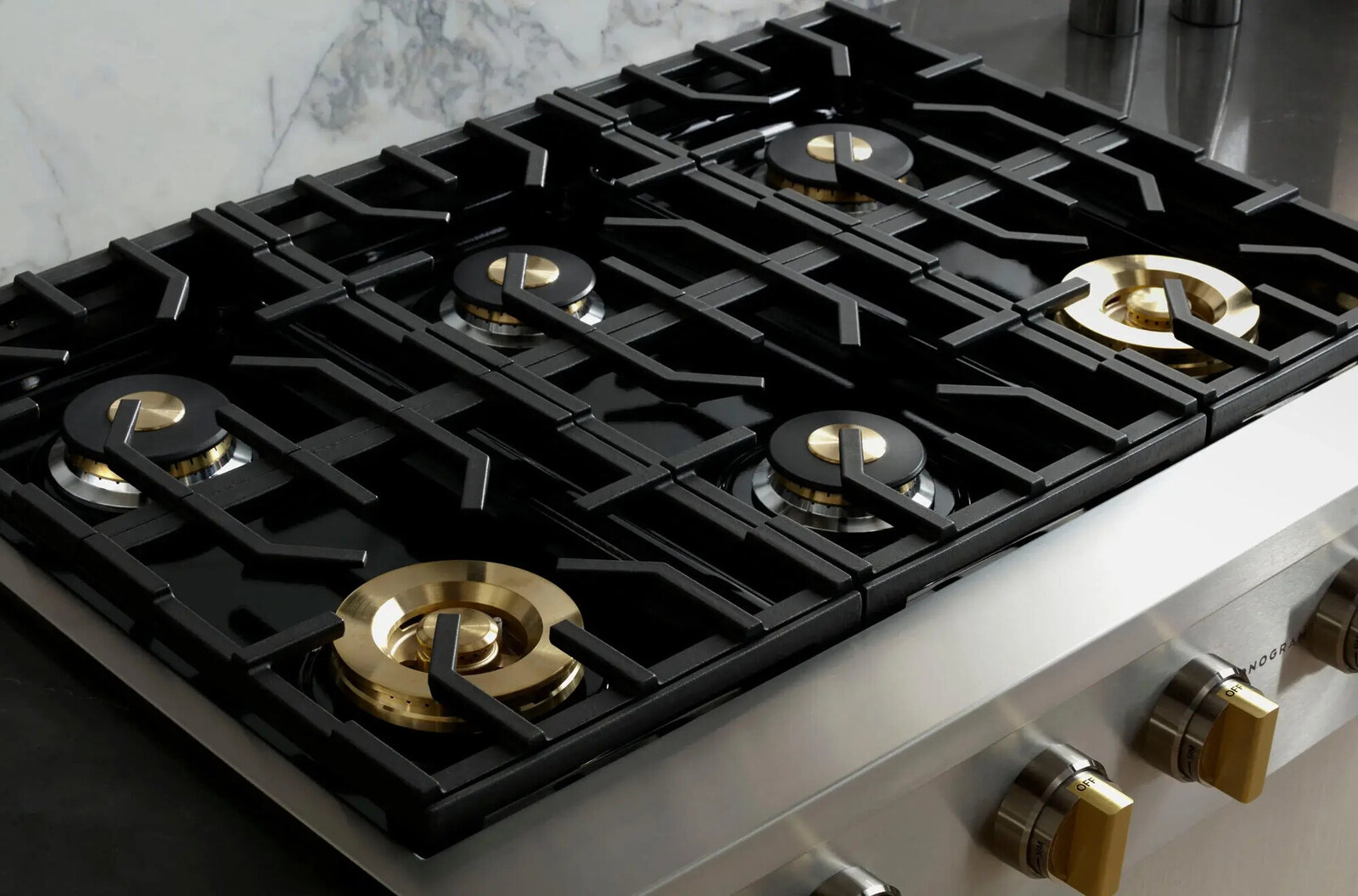


0 thoughts on “How Many Breakers In A 50 Amp Sub Panel”